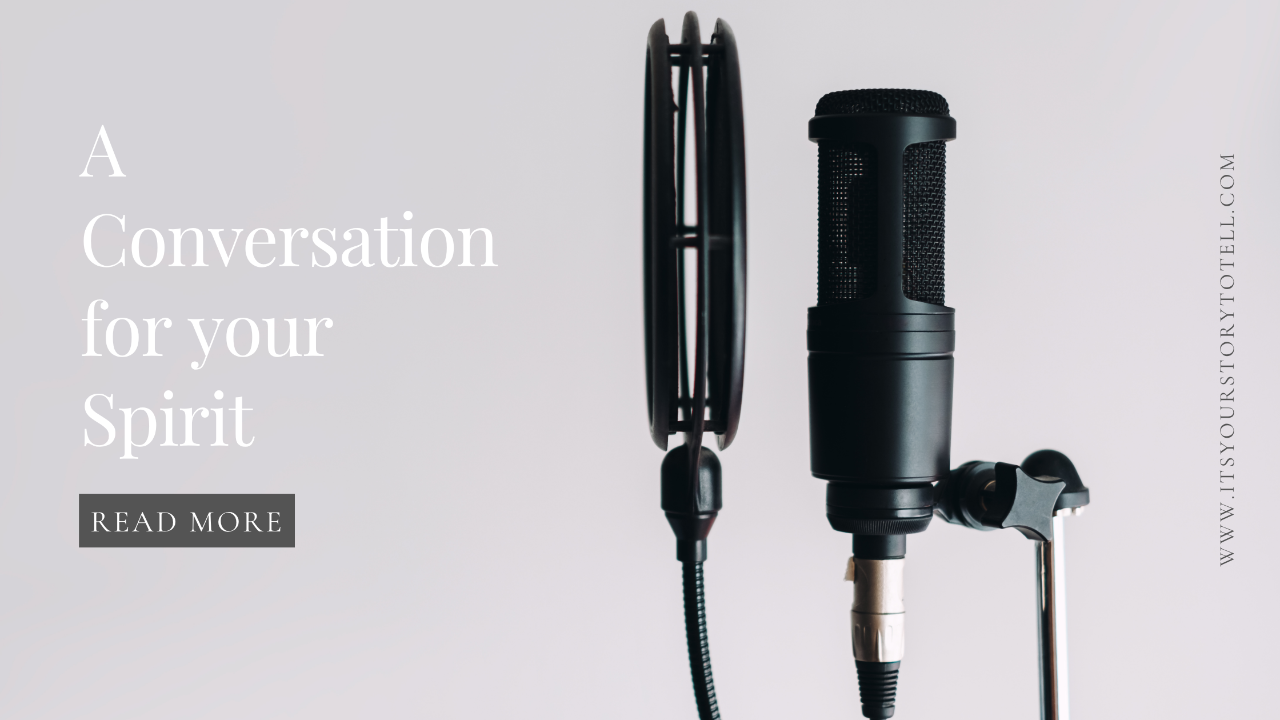The Link Between Anxiety and Chronic Pain
Mar 18, 2024
Chronic pain is a pervasive issue affecting millions worldwide, with its impact extending far beyond physical discomfort. According to the CDC, in 2019 alone, 20.4% of adults experienced chronic pain, and 7.4% reported that it frequently limited their daily activities. Let's take a look at the intricate connection between chronic pain and anxiety, shedding light on how these conditions perpetuate each other and offering evidence-based strategies for breaking free from the cycle.

The Fear Avoidance Model:
At the heart of chronic pain lies a complex interplay of psychological and physiological factors, often perpetuated by the Fear Avoidance Model. This model illustrates how individuals experiencing acute pain can become trapped in a vicious cycle of suffering, avoidance, and anxiety, exacerbating their condition.
Components of the Fear Avoidance Model:
1. Chronic Pain:
Chronic pain is not merely a sensation but a multi-faceted experience encompassing physical, emotional, and social dimensions. It is defined as persistent pain lasting longer than three months, often stemming from underlying medical conditions such as arthritis, fibromyalgia, or nerve damage. Beyond its physical manifestations, chronic pain can lead to limitations in mobility, increased dependency on opioids, heightened anxiety and depression, poorer perception of health, and a diminished quality of life. The onset of chronic pain can be gradual, resulting from degenerative or progressive diseases, or sudden, arising post-surgery or after an accident. For many individuals, chronic pain fluctuates, with periods of relief interspersed with bouts of intense discomfort, amplifying the emotional toll it exacts.
2. Catastrophizing:
Catastrophic thinking patterns, a hallmark of the Fear Avoidance Model, play a pivotal role in perpetuating the cycle of chronic pain and anxiety. These patterns include magnification, wherein individuals amplify the perceived threat of pain, envisioning dire consequences and impending doom. Helplessness ensues as individuals succumb to the belief that their pain is impossible, resigning themselves to a fate of perpetual suffering. Overgeneralization distorts reality, leading individuals to extrapolate isolated pain or disappointment into pervasive, unyielding patterns of defeat. Jumping to conclusions further entrenches individuals in a cycle of negativity as they make unfounded assumptions about their abilities or the perceptions of others. Emotional reasoning exacerbates the distress, as individuals equate their negative emotions with irrefutable truths, reinforcing their sense of hopelessness and despair.
3. Fear of Pain:
Catastrophic thinking begets a pervasive fear of pain, a visceral dread of experiencing discomfort or engaging in activities that might elicit pain. This fear manifests as hypervigilance, as individuals meticulously monitor their pain sensations, bracing themselves for the next onslaught of agony. The anticipation of pain triggers a cascade of physiological responses, heightening arousal levels and exacerbating the perception of threat. In this heightened state of alertness, individuals become acutely attuned to potential triggers, preemptively avoiding situations or stimuli they perceive as hazardous, further constricting their lives and reinforcing their sense of vulnerability.
4. Fear Avoidance:
Fear or anxiety about pain precipitates avoidant behaviors as individuals seek refuge from perceived threats in the safety of their comfort zones. These avoidance behaviors, while initially providing temporary relief, ultimately perpetuate the cycle of chronic pain and anxiety, entrenching individuals in a state of helplessness and dependency. Procrastination becomes a coping mechanism, as individuals defer tasks or activities that they perceive as potentially painful or anxiety-inducing. Social withdrawal ensues as individuals retreat from interpersonal interactions, isolating themselves from sources of potential discomfort or judgment. Physical inactivity becomes the norm as individuals refrain from engaging in activities that might exacerbate their pain or provoke anxiety. Repression of uncomfortable thoughts and emotions becomes second nature as individuals bury their pain beneath layers of denial and avoidance, further exacerbating their distress and dysfunction.
5. Increased Distress or Disability:
The cumulative effect of avoidance behaviors is an escalation of distress and disability as individuals become increasingly detached and disengaged from the world around them. Physical activity dwindles as individuals forsake exercise and movement, fearing the exacerbation of their pain or the onset of anxiety. Social connections wither as individuals withdraw from loved ones and social networks, retreating into self-imposed isolation and solitude. Work or academic pursuits falter as individuals struggle to meet their obligations and responsibilities, burdened by the weight of their pain and anxiety. The erosion of autonomy and agency leaves individuals feeling powerless and adrift, trapped in a cycle of chronic pain and despair with no apparent escape in sight.
We have another great mindfulness for you today, to help you navigate anxiety and pain. Listen Here
Breaking Free from the cycle:
To escape the grip of chronic pain and anxiety, individuals can implement evidence-based strategies aimed at reframing catastrophic thinking and challenging avoidant behaviors.
Step One: Reframe Catastrophic Thinking
- Recognize and acknowledge unhelpful thought patterns.
- Evaluate the realism of thoughts and create balanced alternatives.
- Practice cognitive restructuring to challenge and modify maladaptive thinking patterns.
Step Two: Challenge and Change Avoidant Behaviors
- Set realistic, achievable goals to increase activity levels gradually.
- Embrace mindfulness practices to cultivate non-judgmental awareness and acceptance.
- Seek professional help, such as Cognitive Behavior Therapy (CBT) or Acceptance and Commitment Therapy (ACT), to address underlying issues and develop coping strategies.

Chronic pain, anxiety, and depression form a tangled web, each influencing and reinforcing the other. By understanding the interconnected nature of these conditions and implementing evidence-based strategies for breaking free from the fear avoidance cycle, individuals can reclaim their lives and embark on a journey toward healing and resilience. Mindfulness serves as a powerful tool in breaking the anxiety-pain fear avoidance cycle by fostering a deeper understanding and acceptance of the present moment. Through mindfulness practices, individuals can cultivate non-judgmental awareness of their thoughts, emotions, and physical sensations, allowing them to recognize and challenge unhelpful patterns of thinking that contribute to anxiety and pain. By bringing attention to the breath and grounding oneself in the present, mindfulness helps individuals develop a greater sense of agency and resilience, enabling them to respond to pain and anxiety with compassion and clarity rather than avoidance. With regular practice, mindfulness empowers individuals to confront fear and discomfort with courage and openness, ultimately breaking the cycle of avoidance and reclaiming control over their lives.
If you are trapped in this cycle, remember that help is available. Contact your healthcare provider, reach out to us at It's Your Story to Tell, or seek support from organizations like The American Chronic Pain Association. Together, we can unravel the knot and foster a future of hope and well-being.
References
Fear-Avoidance and Chronic Pain (medcentral.com)
Fear-avoidance model of chronic pain: the next generation - PubMed (nih.gov)
Mindfulness Meditation for Chronic Pain: Systematic Review and Meta-analysis - PubMed (nih.gov)
View The Entire Collection
See all our blog posts to discover valuable insights and tools for navigating trauma and healing with guidance and support.












